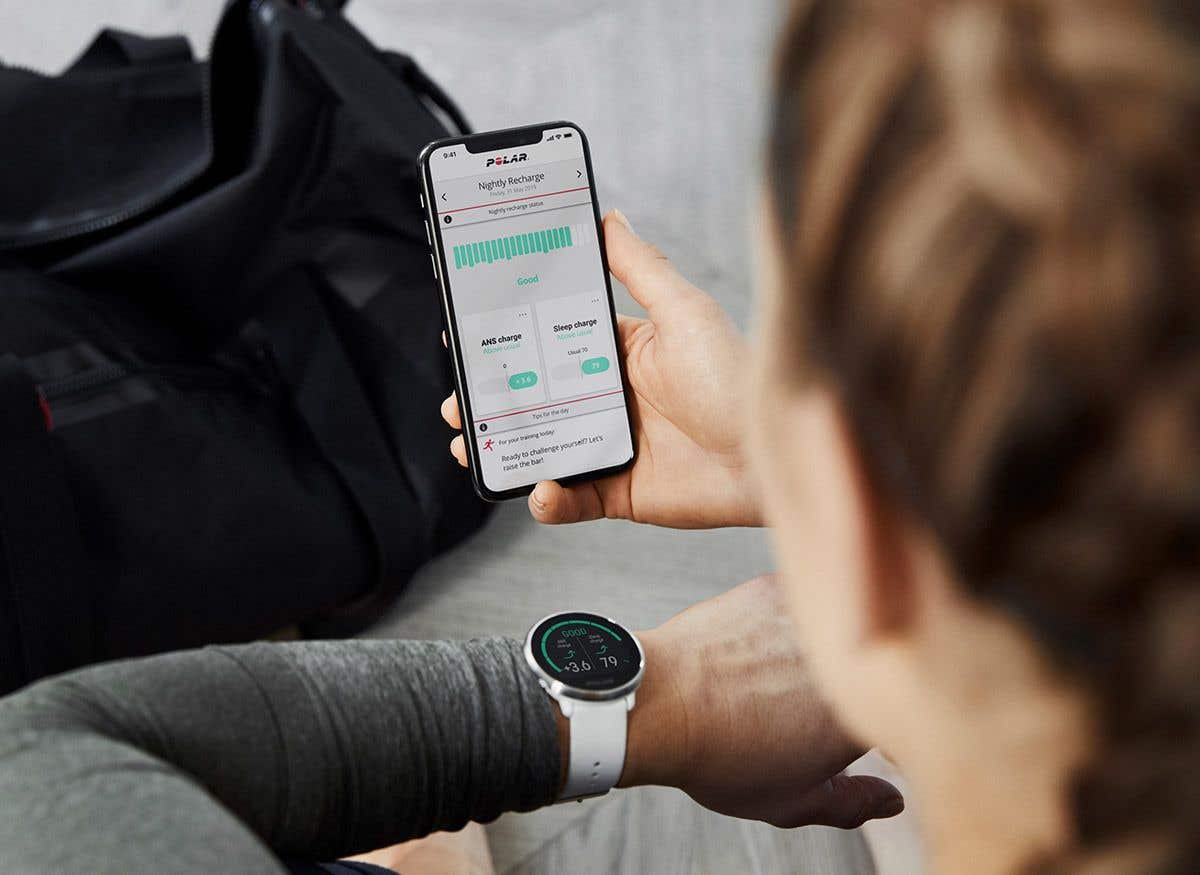Smart bio-sensors can predict health risks in older adults
Researchers find wearable devices detect circadian disturbances associated with age-related decline.

[Nov. 27, 2023: JJ Shavit, The Brighter Side of News]
Researchers have uncovered a potential game-changer in the field of health monitoring for older adults. (CREDIT: Creative Commons)
In a groundbreaking study conducted at the Harvard-affiliated Brigham and Women’s Hospital, researchers have uncovered a potential game-changer in the field of health monitoring for older adults.
Wearable devices that track daily circadian rest-activity rhythms may have the ability to predict frailty-related health risks more than six years before they manifest, according to this recent research.
Frailty, characterized by an age-related decline in physiological function, is a prevalent condition among older populations, and it significantly increases vulnerability to adverse health outcomes.
While disturbances in daily patterns of rest and activity have been previously associated with neurodegenerative diseases like Alzheimer's and Parkinson's, this new study provides evidence that wearable technology could revolutionize the early detection and intervention of frailty.
Related Stories:
Lead author Ruixue Cai, a doctoral candidate in the Division of Sleep and Circadian Disorders, explains the significance of their findings, stating, "Our study demonstrates that wearable devices could represent an important tool for long-term health monitoring in older adults. Frailty can reduce the quality of life, and detecting it early or predicting who is at risk could help us intervene to promote healthy aging."
To reach these groundbreaking conclusions, the research team examined a cohort of 1,022 adults with an average age of 81, who were recruited as part of the Rush Memory and Aging Project. These individuals had been tracked annually for up to 16 years. The researchers meticulously analyzed continuous rest and activity data collected from wearable devices, assessing measures such as the amplitude, stability, and variability of circadian rhythms.
Over a follow-up period averaging more than six and a half years, the team discovered that 357 participants had developed frailty. Importantly, the study found a strong association between blunted, less robust, or inconsistent rest-activity patterns and an elevated risk of frailty incidence.
Upright GO S Lite | Posture Corrector Trainer & Tracker for Women & Men with Smart App. (CREDIT: Creative Commons)
These disturbances were also linked to the accelerated progression of frailty symptoms, including a decrease in grip strength, a reduction in body mass index, and increasing fatigue. Remarkably, these associations remained robust even when accounting for factors such as age, sex, sleep duration, sleep fragmentation, and cardiovascular dysfunction.
Notably, this study's findings underscore the intriguing overlap between the mechanisms underlying frailty and cognitive impairment. Previous research has already connected circadian disruptions with sleep disorders, altered metabolism, and neuronal loss, further highlighting the importance of understanding the relationship between circadian rhythms and overall health.
ENOMIR Smart watch for Women Men with Bluetooth Call,Smartwatch with Alexa Built-in,Heart Rate SpO2 Sleep Monitor,5ATM Waterproof,Step Calorie Activity Trackers and Smartwatches for iOS & Android Phones. (CREDIT: Creative Commons)
However, it is essential to acknowledge certain limitations of this study. The research focused on an older population, with a mean age exceeding 80 years, and it is important to recognize that rest-activity patterns can be influenced by seasonal variations and environmental conditions. Moreover, wearable devices may occasionally misinterpret sleep and wake cycles. As a result, future studies must address these limitations and include improved sleep assessment methods to establish a more causal link between circadian disturbances and frailty.
Peng Li, corresponding author of the study and affiliated with both the Brigham’s Division of Sleep and Circadian Disorders and the Department of Anesthesia, Critical Care, and Pain Medicine at Massachusetts General Hospital, emphasizes the potential of wearable technology in health monitoring. Li states, "Wearable technology provides a holistic approach for detecting common indicators of disease. Combining circadian rest-activity data with other clinical measures could help with early identification and intervention in susceptible populations."
Circadian rhythm chart. (CREDIT: Lifespan.io)
This research opens the door to exciting possibilities in the realm of preventive medicine. By leveraging the power of wearable technology to track circadian rhythms, healthcare professionals may gain a valuable tool for identifying frailty-related health risks well in advance, allowing for more effective intervention and ultimately promoting healthier aging among older adults.
The implications of this study extend far beyond its immediate findings, offering a glimpse into the future of personalized healthcare and disease prevention.
Note: Materials provided above by the The Brighter Side of News. Content may be edited for style and length.
Like these kind of feel good stories? Get the Brighter Side of News' newsletter.



